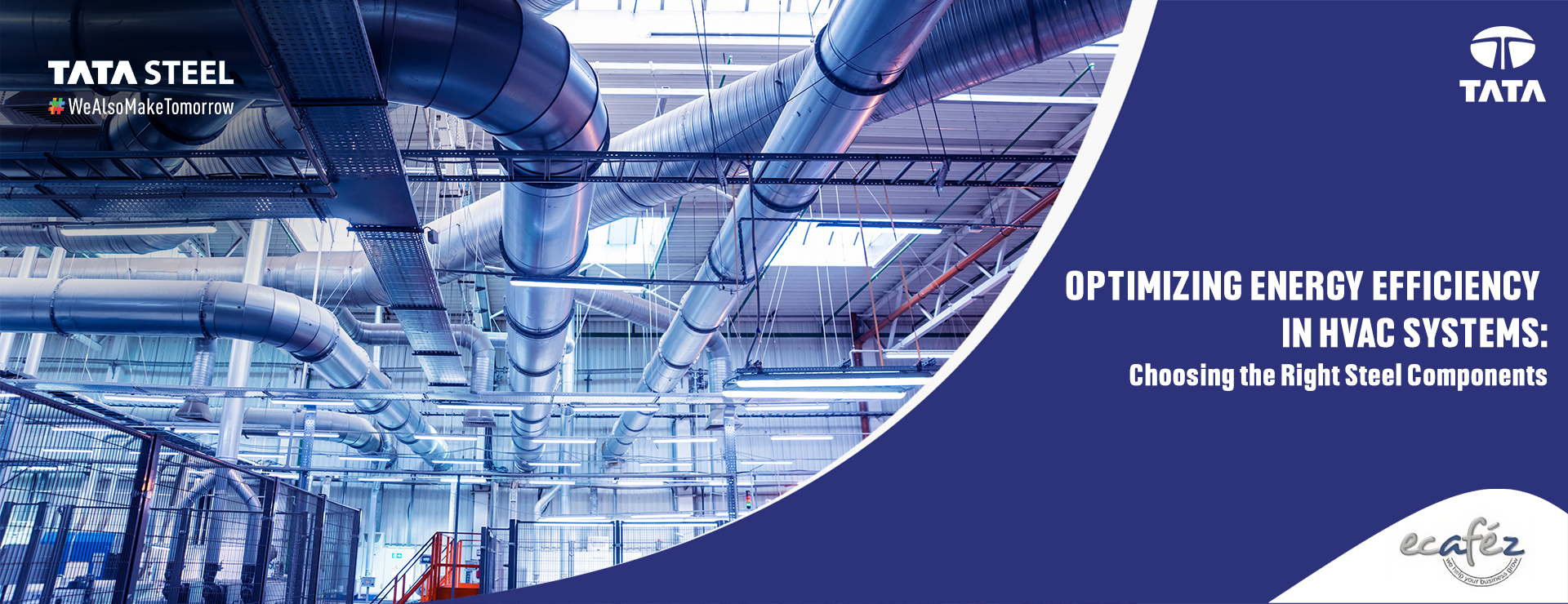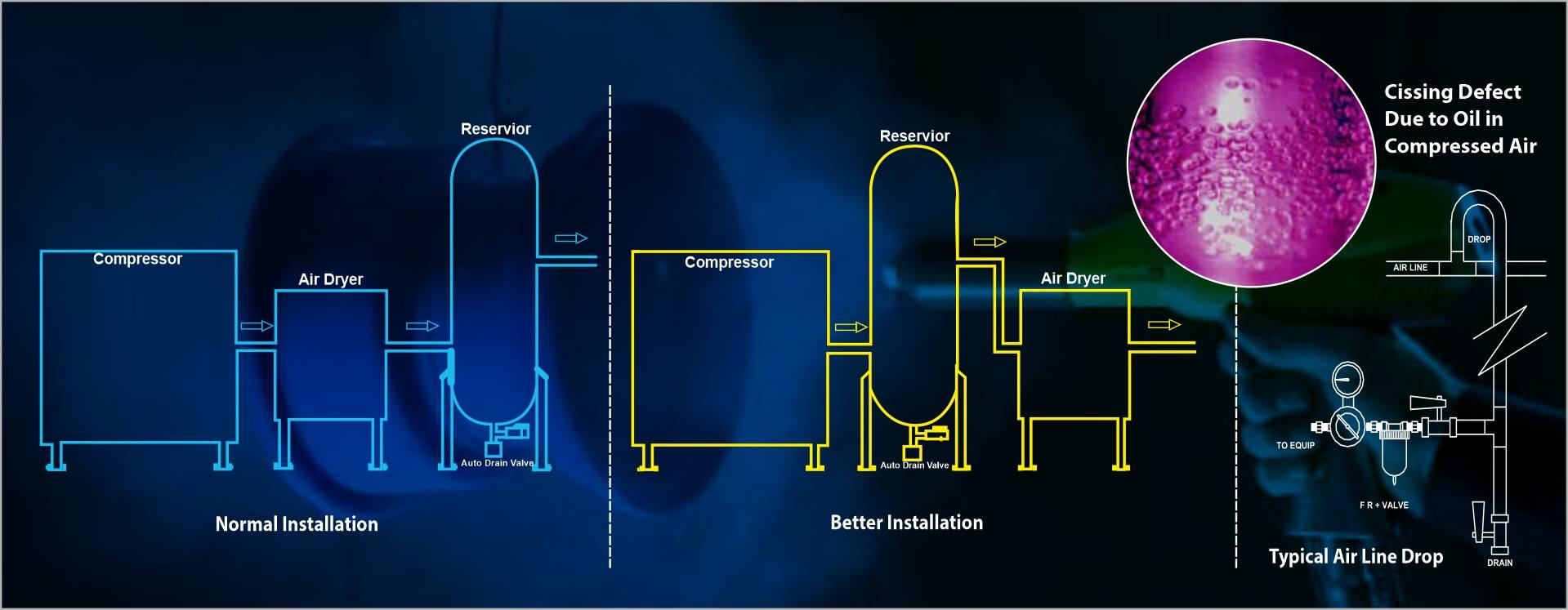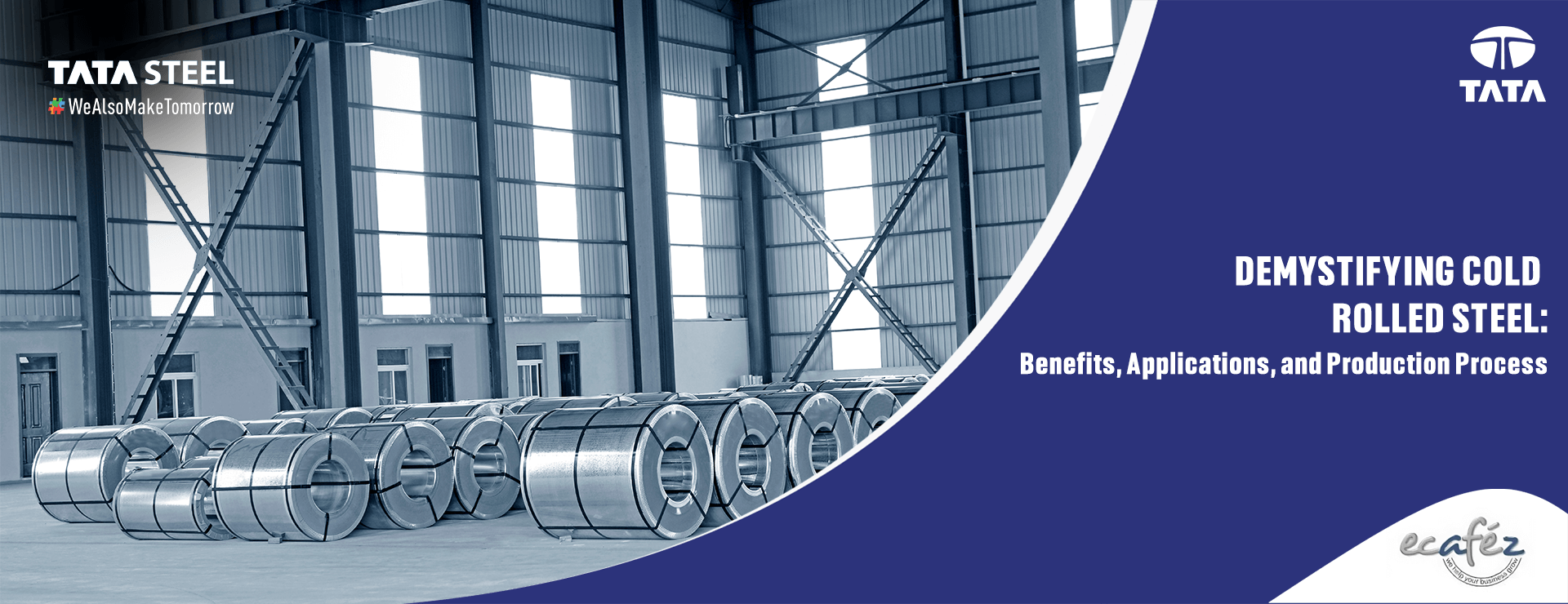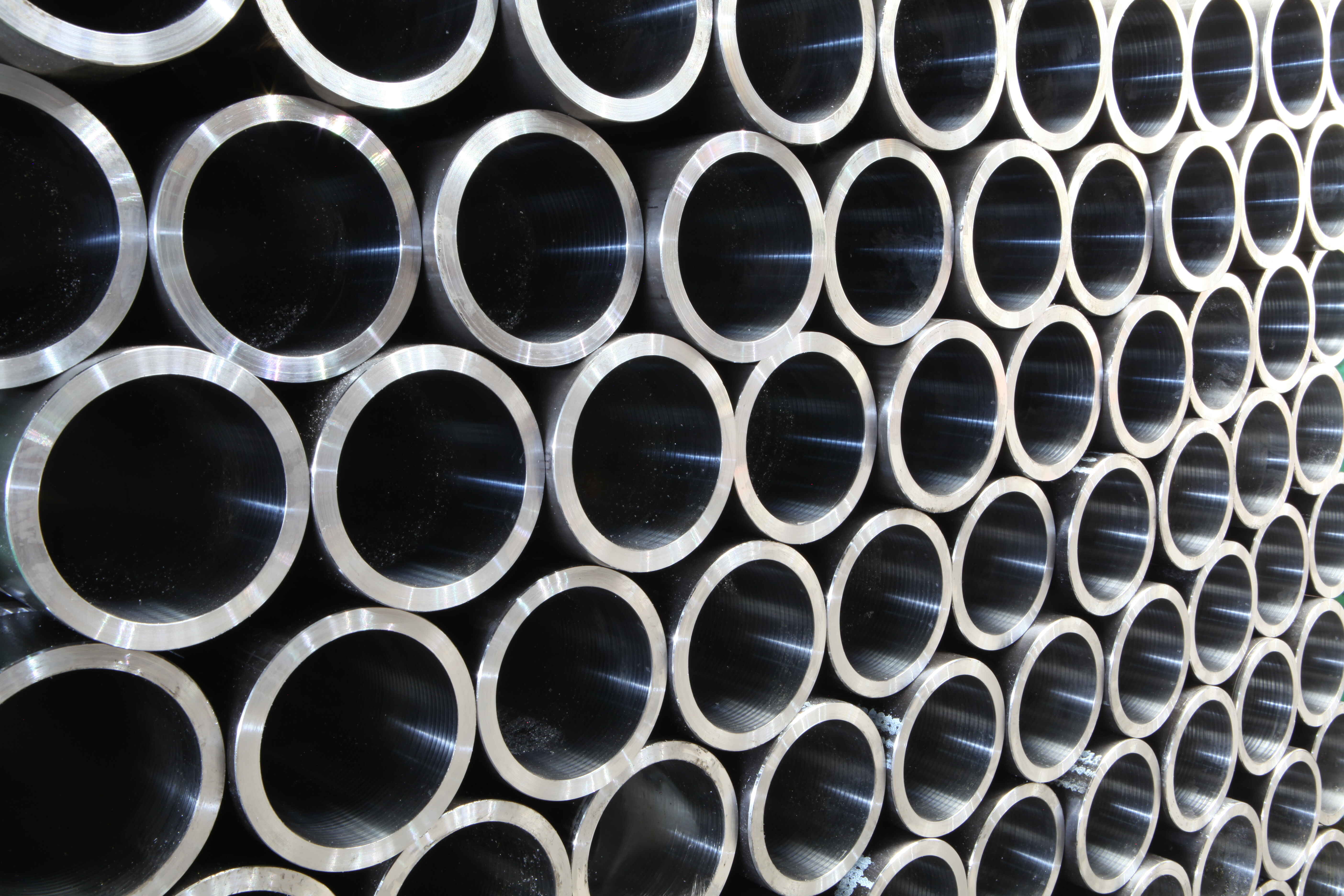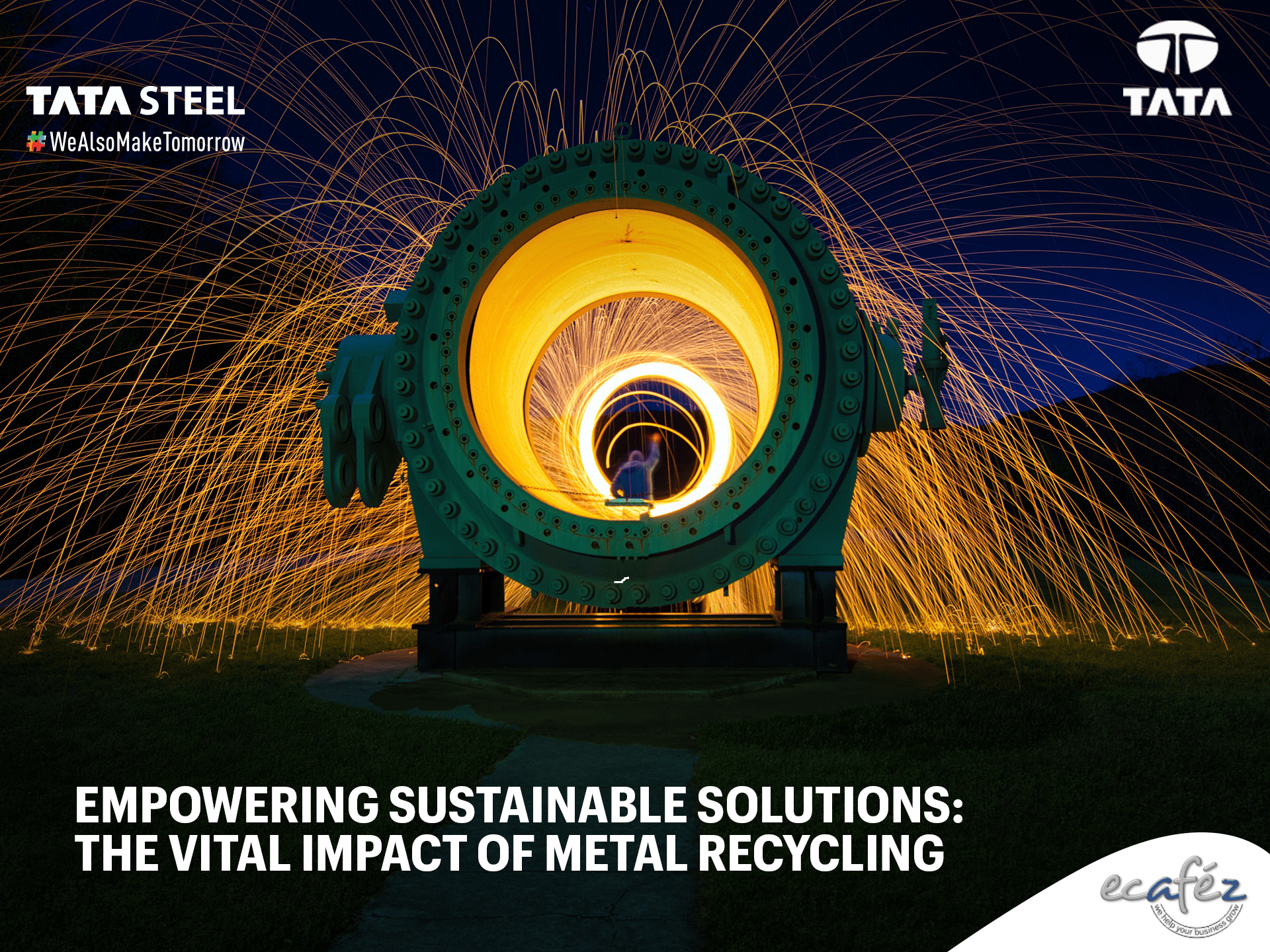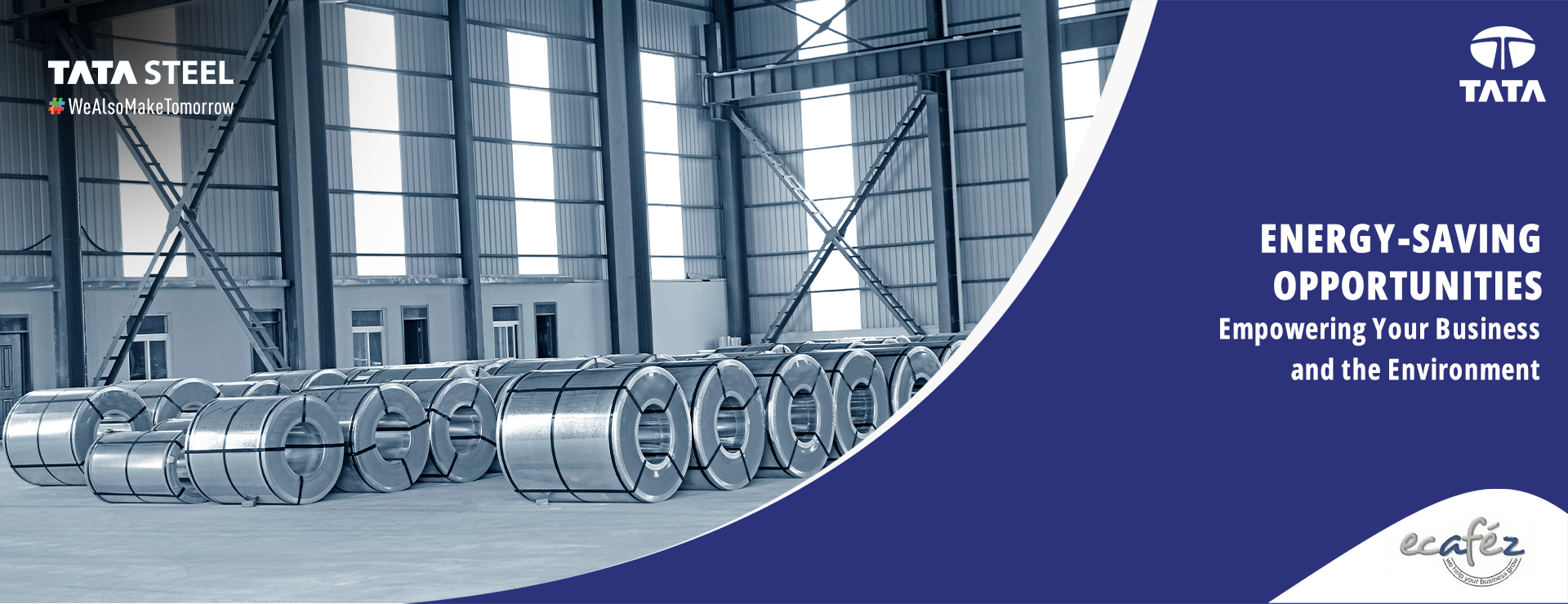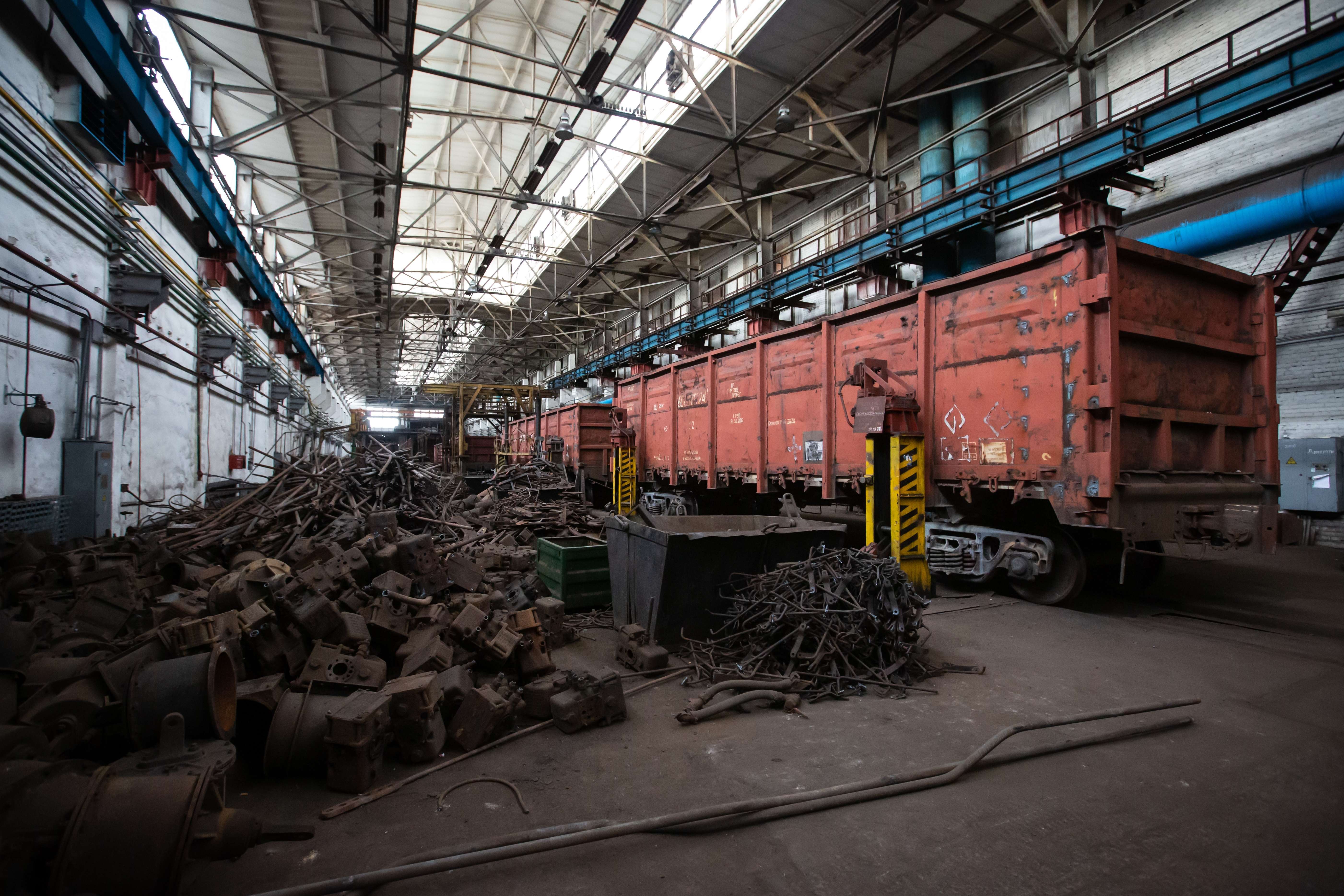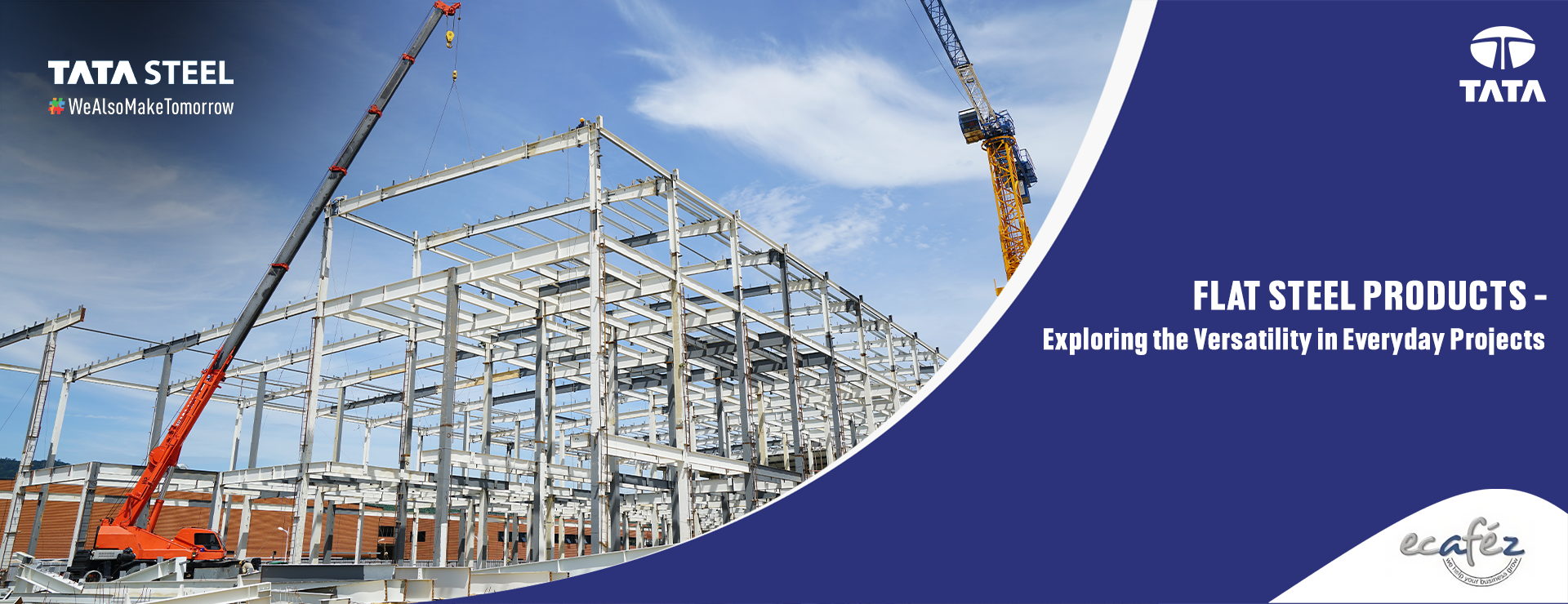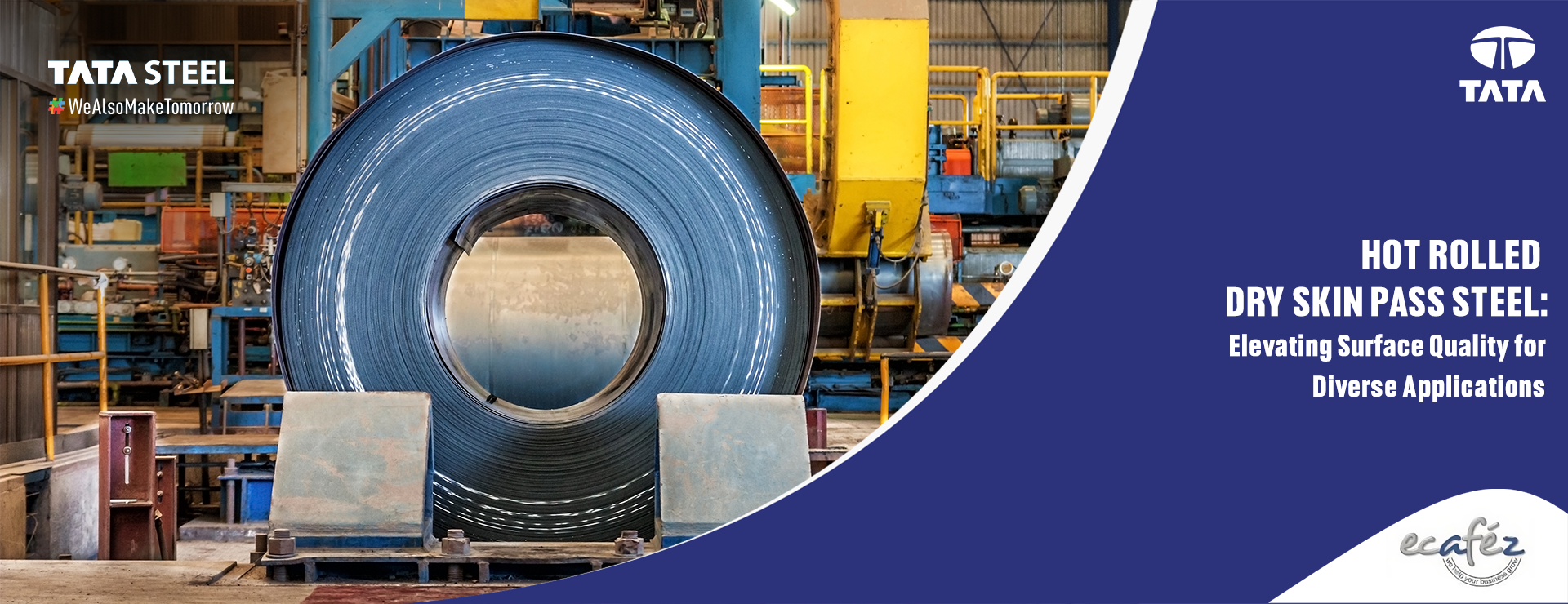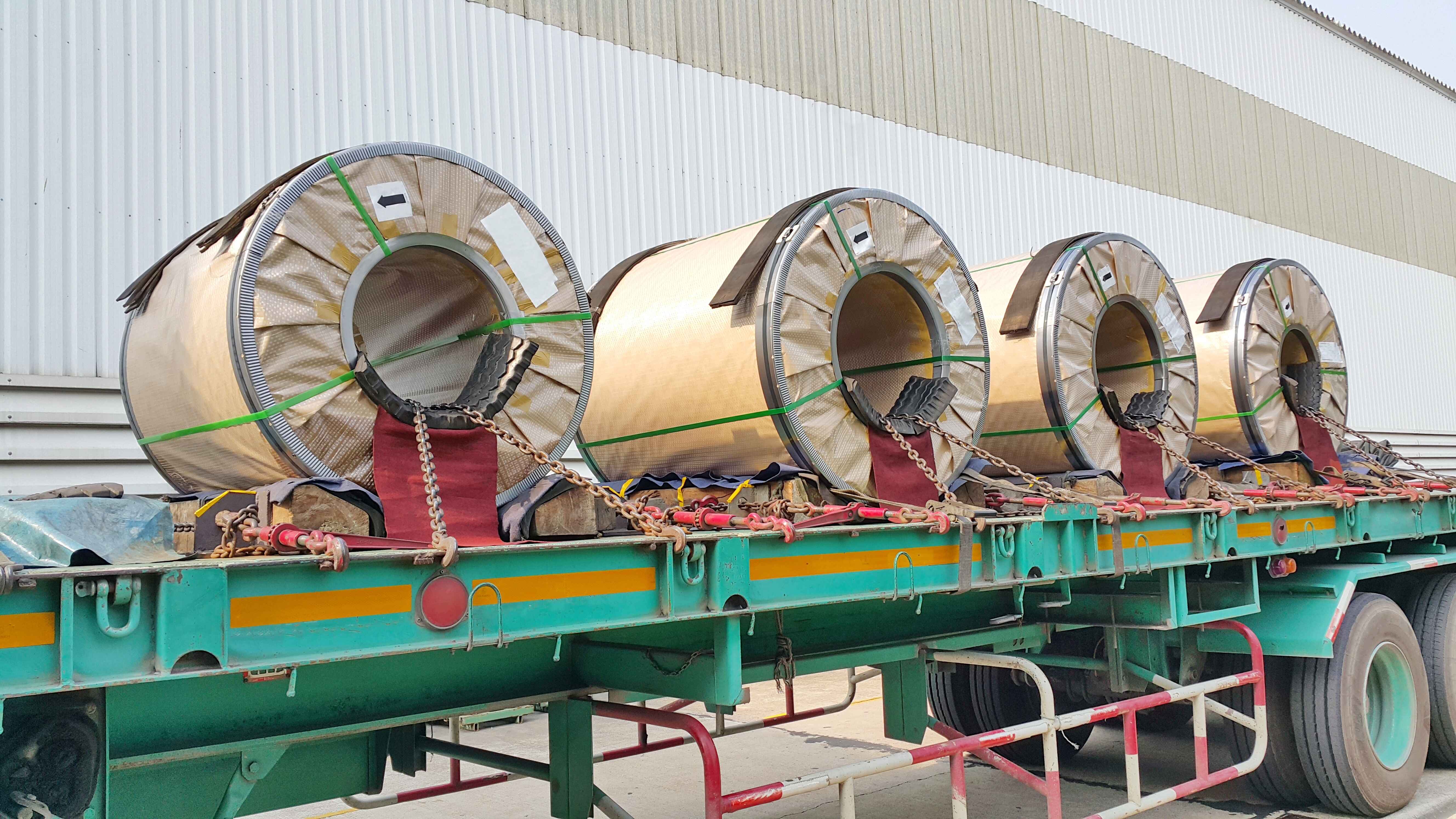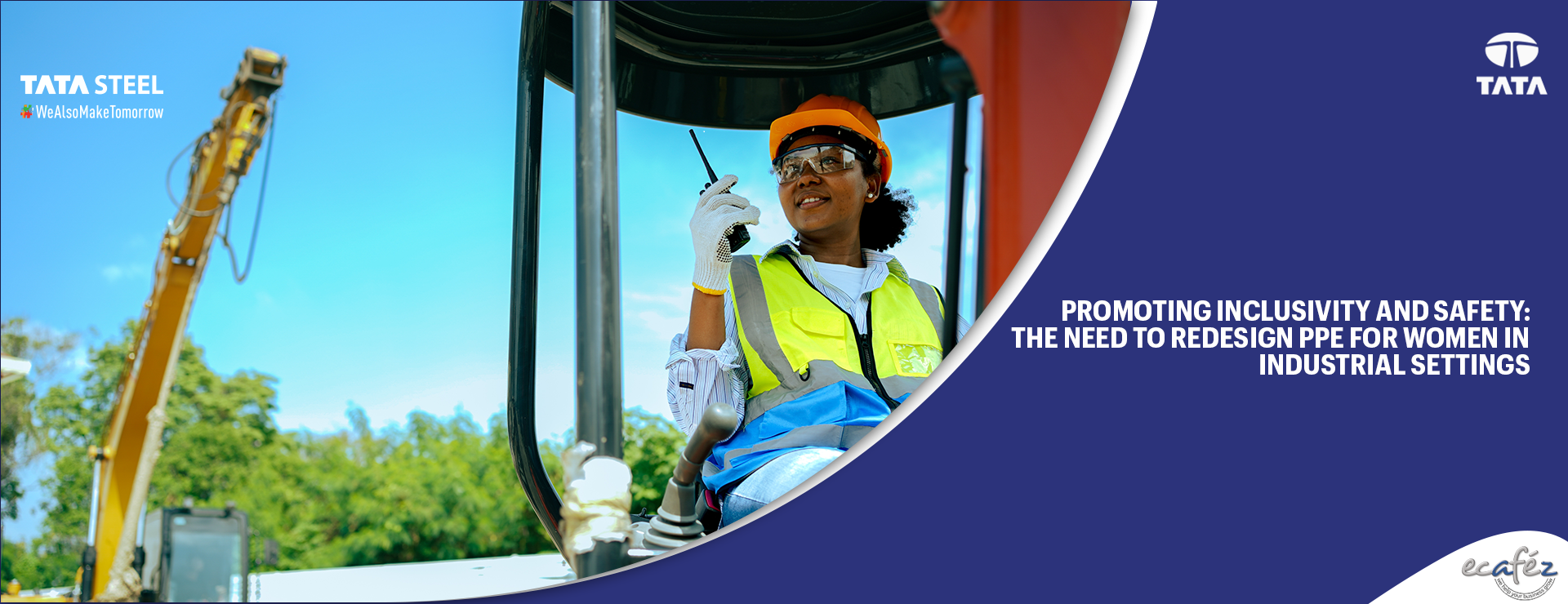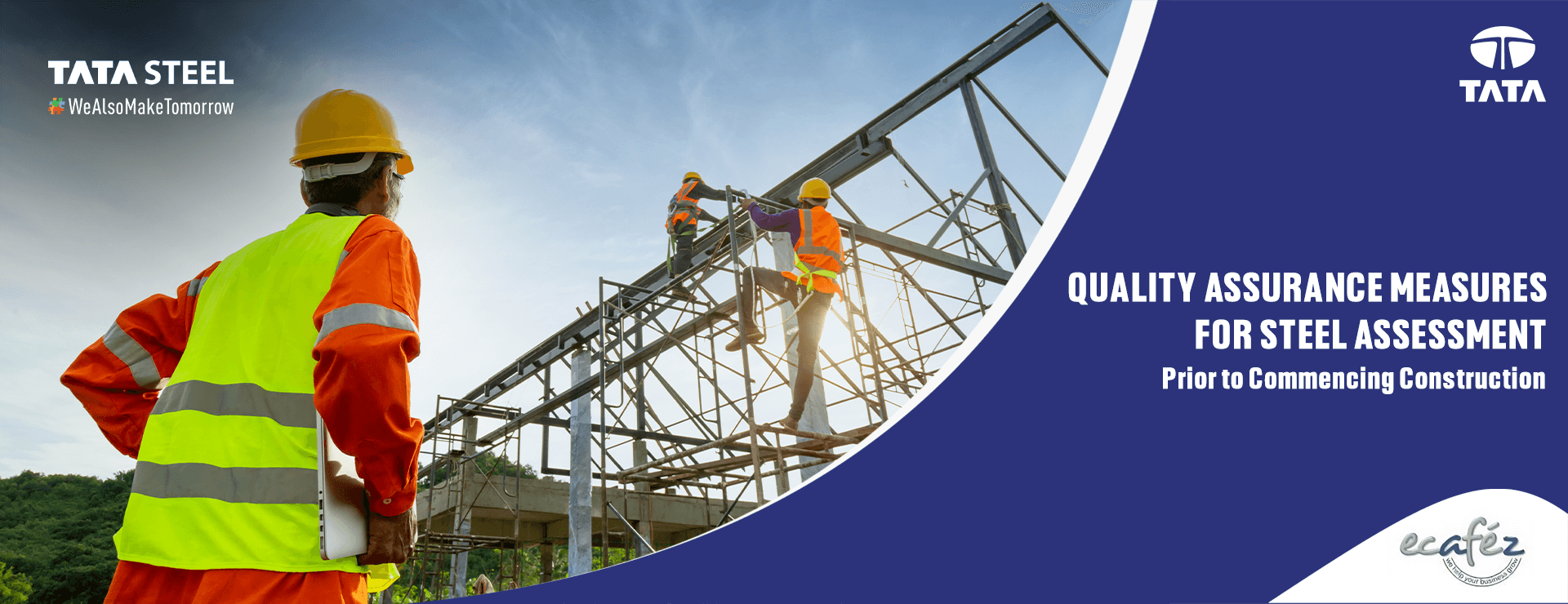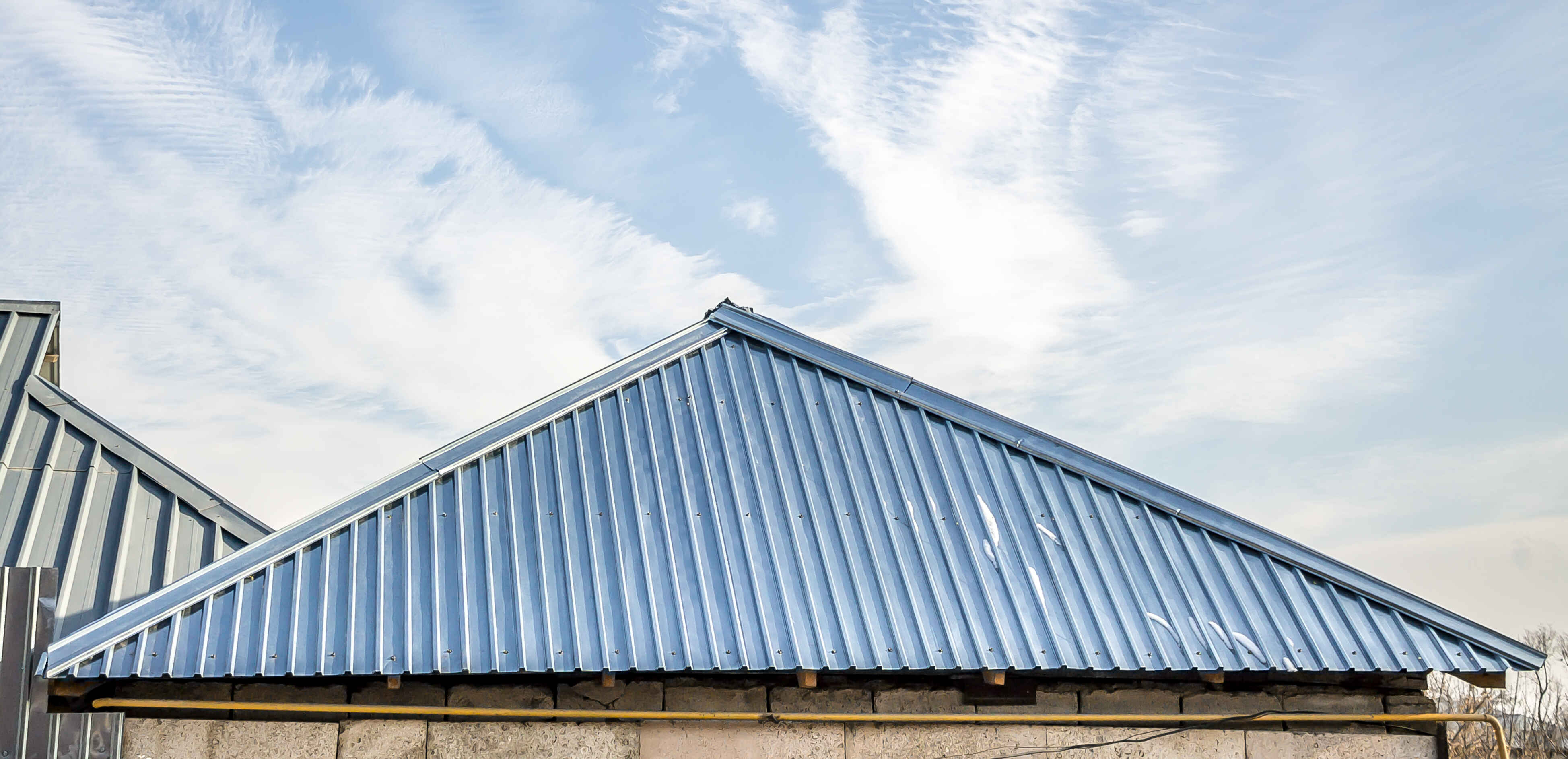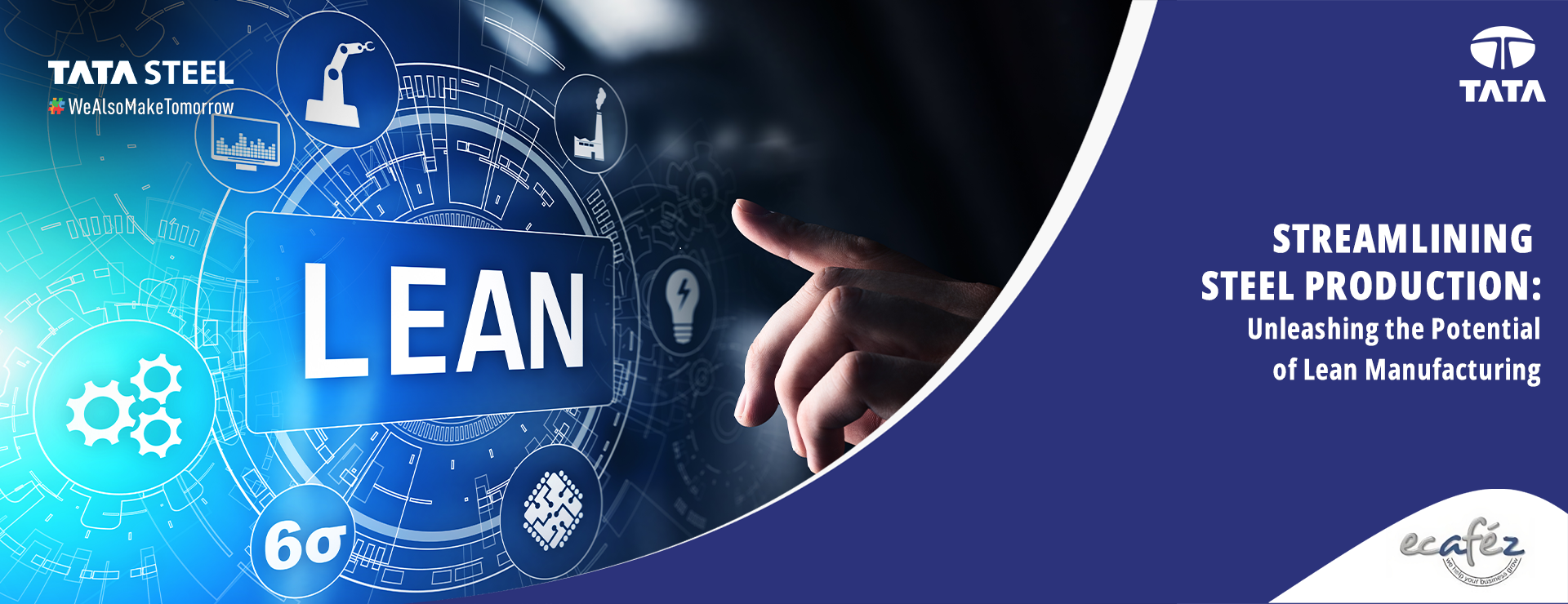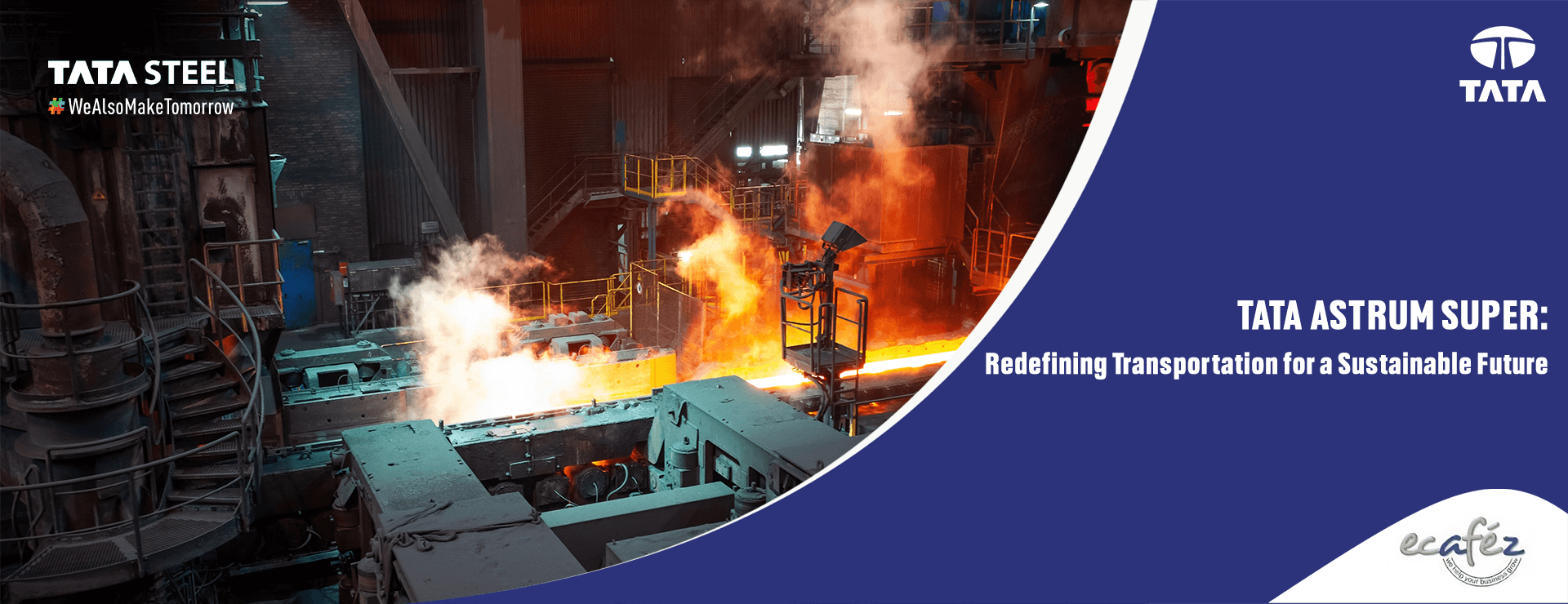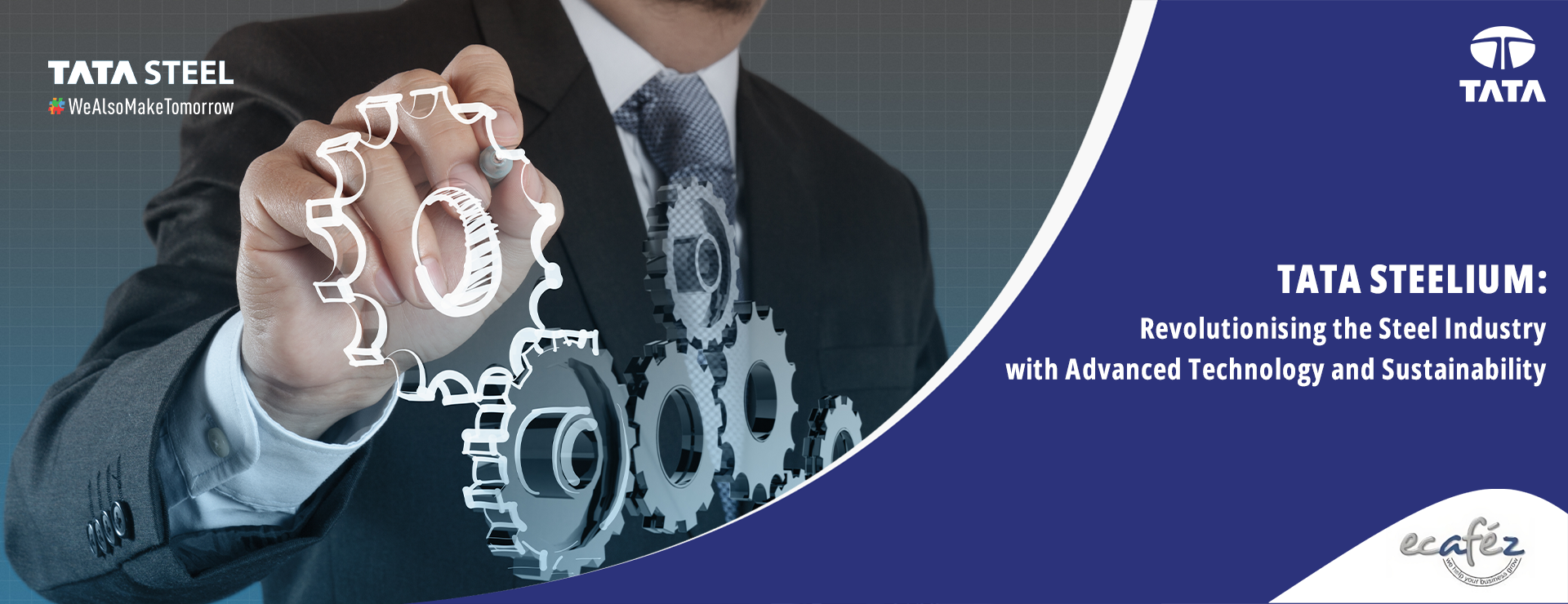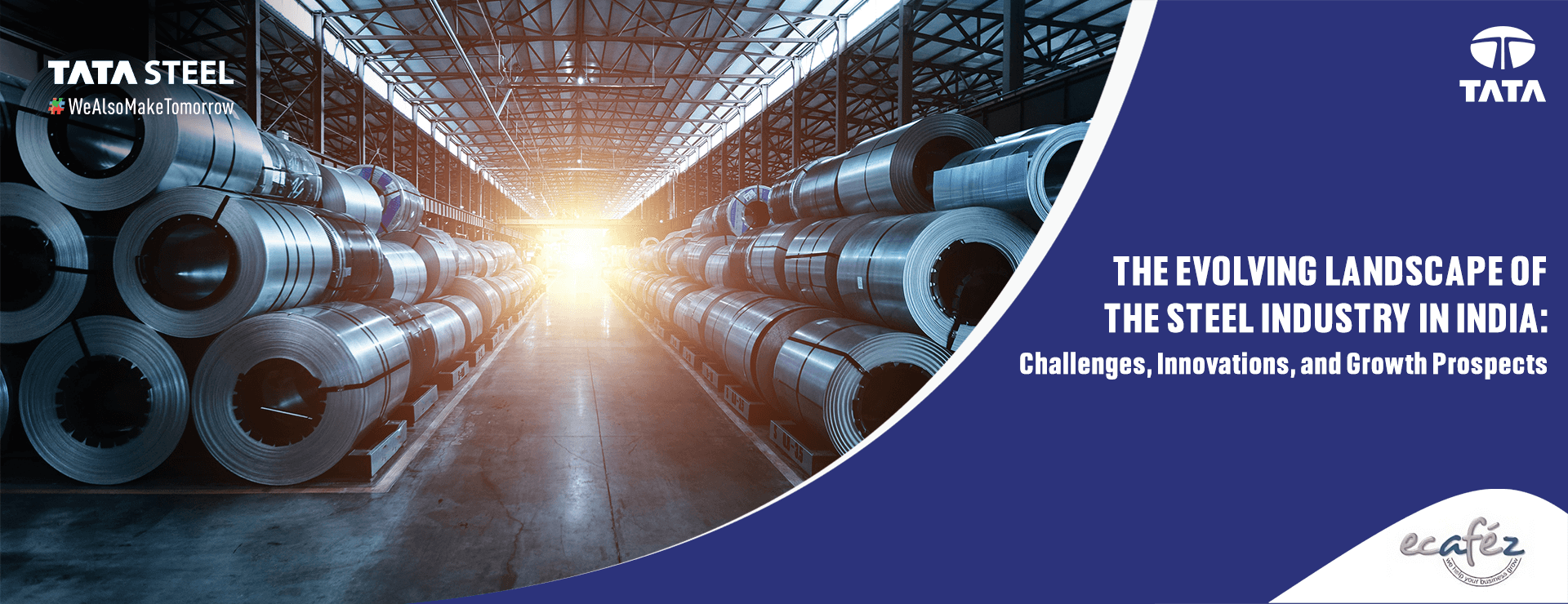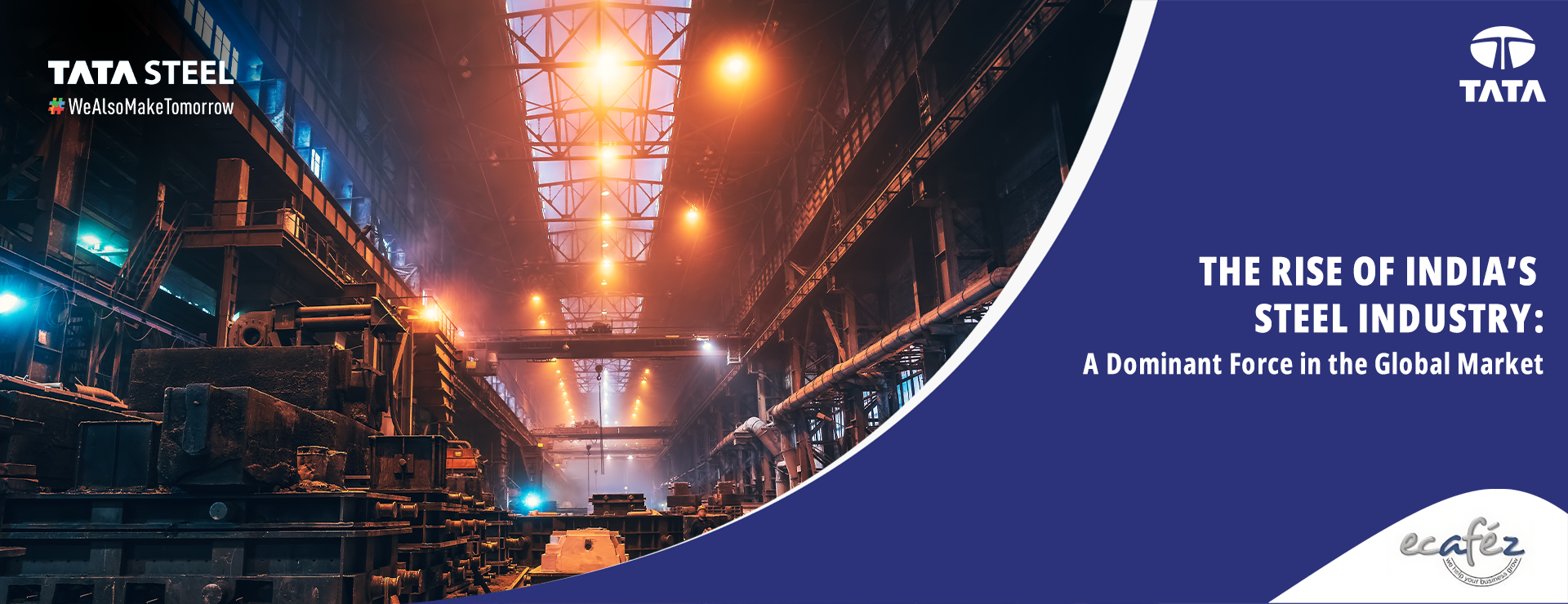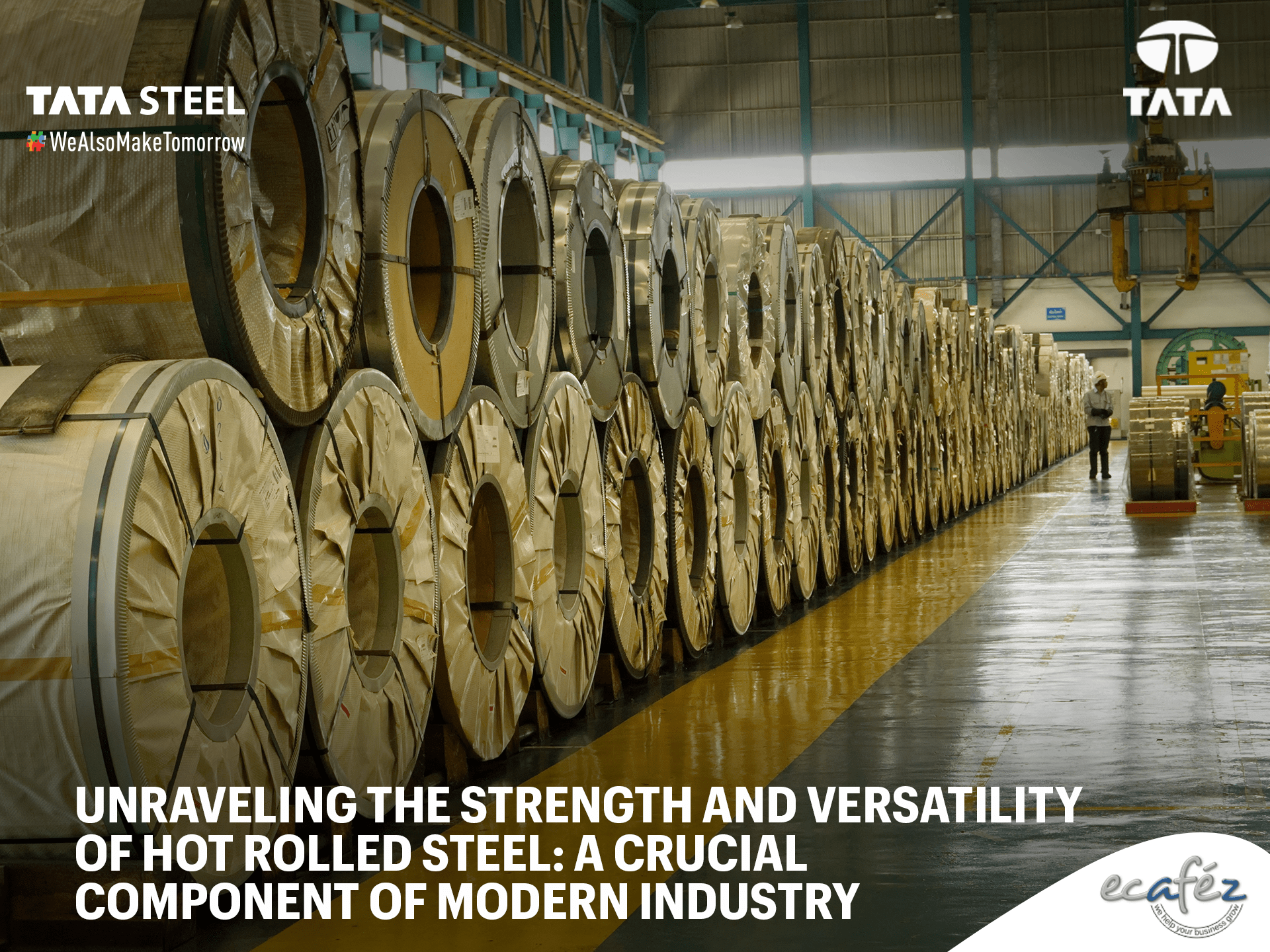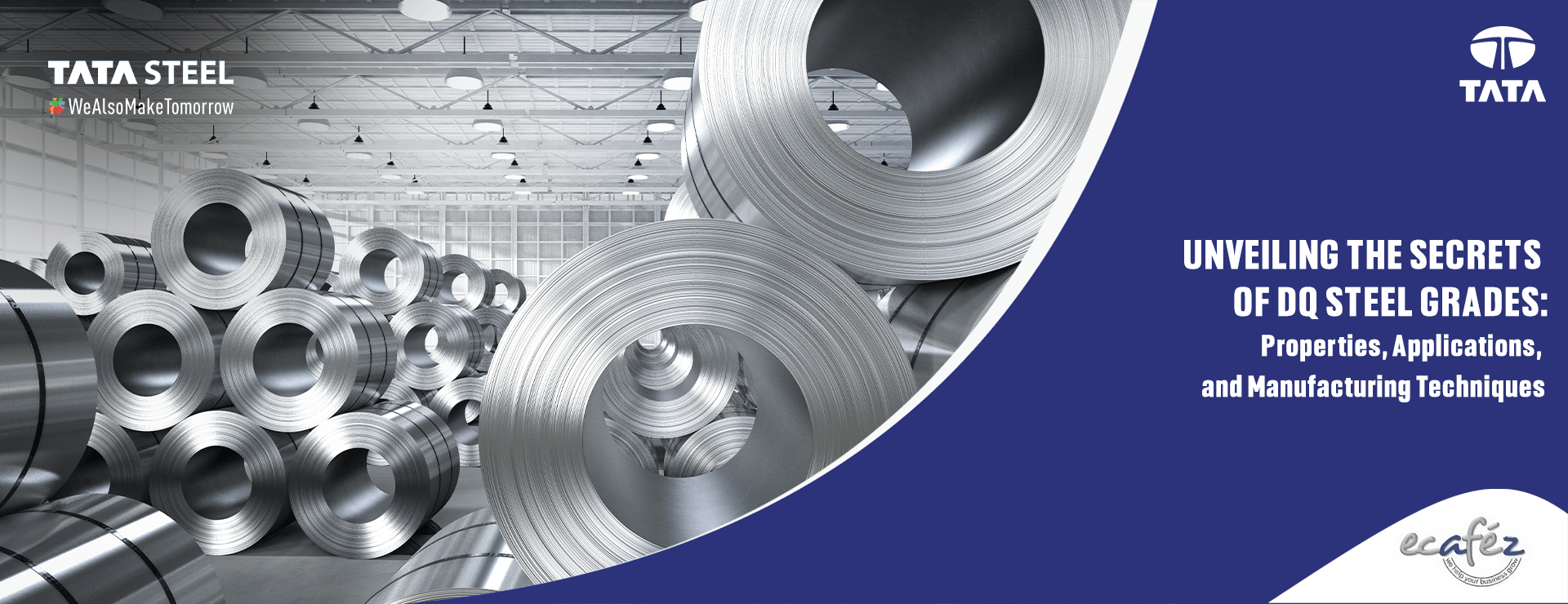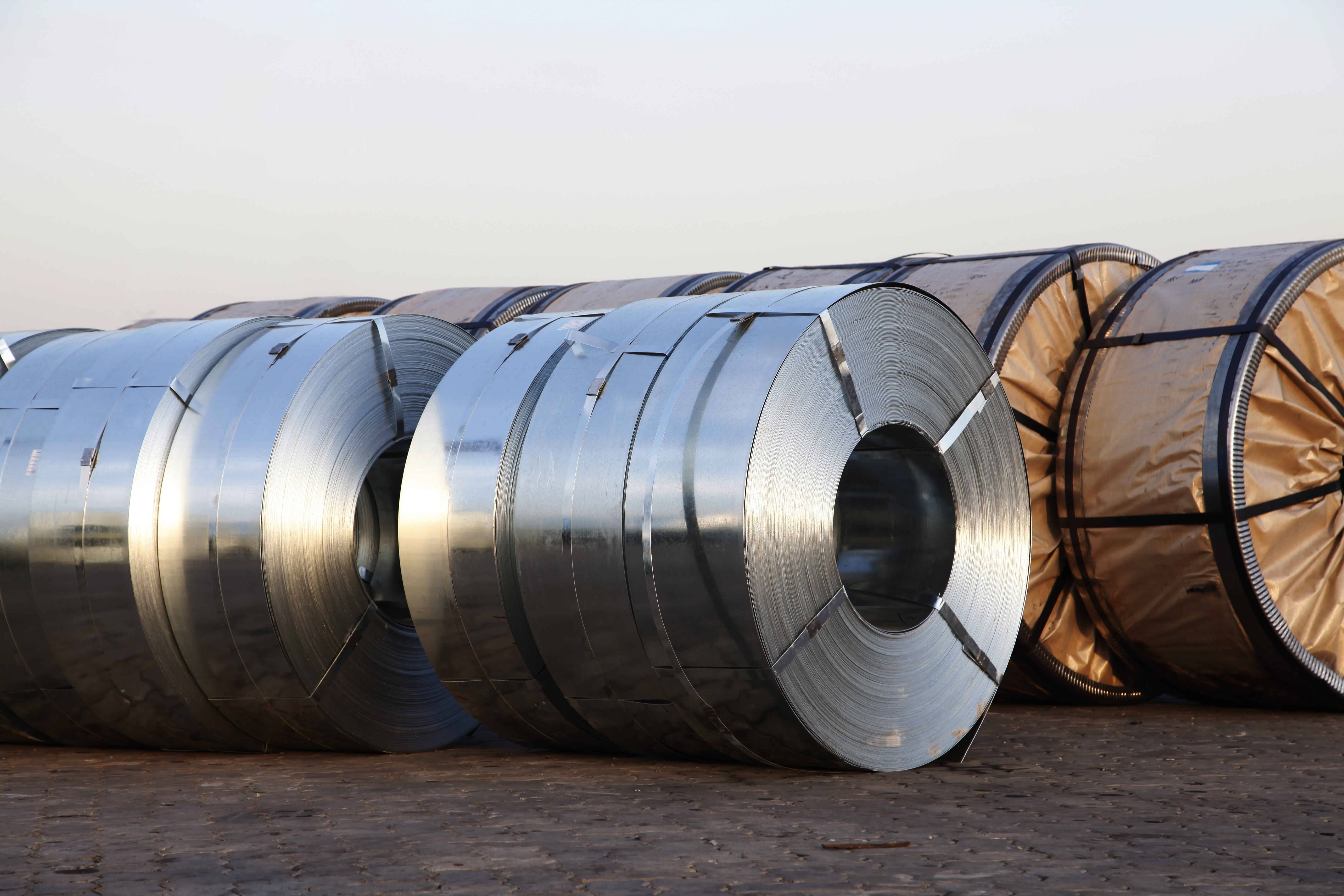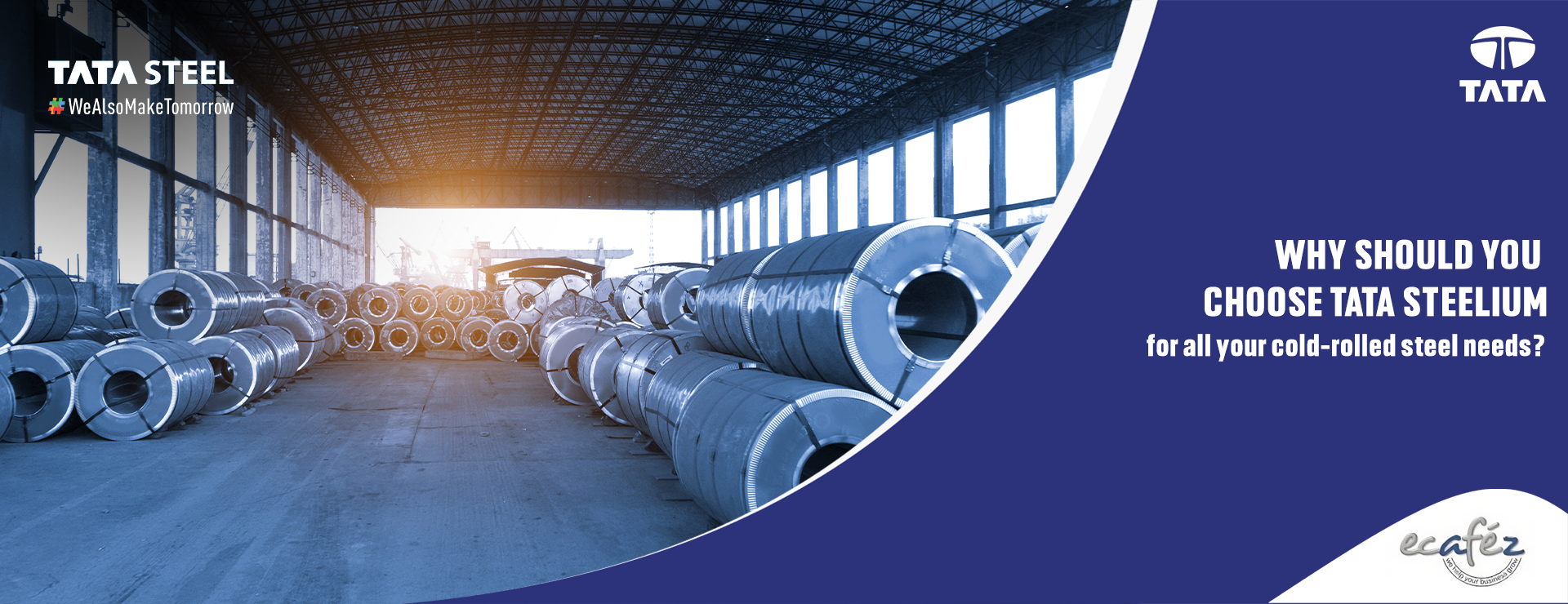The use of steel in HVAC systems is prevalent worldwide due to its excellent properties such as strength, durability, and corrosion resistance. According to a report by ResearchAndMarkets.com, the global HVAC systems market was valued at USD 189.94 billion in 2020 and is projected to reach USD 287.75 billion by 2026, growing at a CAGR of 7.2% from 2021 to 2026.
Steel ducts are the most commonly used in HVAC systems, accounting for over 80% of all ductwork in commercial and industrial buildings, according to a study by the National Air Duct Cleaners Association.
In India, the use of steel in HVAC systems is particularly prevalent due to the availability of high-quality steel at competitive prices. The Indian steel industry has a current capacity of over 140 million tonnes per annum, ensuring a steady steel supply for the Indian HVAC market.
Key Factors to Consider When Choosing Steel for HVAC Applications
1) Material Used:
Selecting the appropriate materials is vital when it comes to steel pipes in HVAC systems. Typically, the thickness of steel utilized for HVAC ductwork can vary from 0.5mm to 2mm, depending on the appropriate materials used, such as steel. Additionally, certain grades of steel, like IS10748 Grade 1 / Grade 3 steel, produced in-house from Tata Steel's HR Mills, are particularly suitable for use in HVAC systems due to their exceptional quality, durability, and performance. (TATA pipes)
2) Corrosion resistance:
Steel coated with zinc or aluminium is commonly used in HVAC ductwork extending the lifespan of the ductwork.
For instance, the Chennai Airport in India has used galvanized steel for its HVAC ductwork to ensure that the ductwork is resistant to corrosion caused by the humid and chemical-laden air in the airport. This not only enhances the longevity of the system but also minimizes the need for maintenance and repairs, saving time and money in the long run.
3) Strength
Strength is a vital attribute of steel in HVAC systems as it provides the necessary support and durability required for the efficient functioning of these systems.
The HVAC system of the ITC Green Centre building includes a complex network of steel ductwork that spans the entire building and distributes conditioned air to various zones. The steel ductwork used in the building must be strong enough to withstand the weight of the air distribution equipment, such as fans and blowers, and the force of air flowing through it.
Tata is a leading manufacturer known for high-quality MS Pipes specifically designed for HVAC applications. These pipes have excellent yield strength, pipe length, and other essential parameters, assuring top-notch quality and assured strength.
4) Durability:
Steel's durability is essential for HVAC systems that operate continuously, such as in commercial buildings.
For example, the Indian Institute of Technology in Kharagpur uses steel ductwork in its HVAC system to ensure durability and long-term performance. The usage of steel ductwork ensures that the HVAC system requires minimal maintenance and repairs over time, resulting in significant cost savings.
Also, an important factor is to look for a No white rust guarantee. White rust is very harmful in the steel used in HVAC systems; it reduces efficiency and can lead to loss of coating integrity and increased surface roughness, which can lead to increased friction and turbulence in the HVAC system.
5) Formability:
Steel's formability largely depends on its composition, specifically its carbon content and alloying elements. Low-carbon steels are highly formable and are commonly used in applications where complex shapes are required, such as HVAC ductwork.
It also depends on the grade of steel used, like the steel of grade IS 277 is commonly used in various applications, including HVAC systems. The 0.3-2mm thickness range of IS 277 steel sheets is suitable for many HVAC components, such as ductwork, pipes, and fittings. The thickness of the steel sheets used in HVAC systems is an important factor in determining the strength and durability of the components.
6) Cost-effectiveness:
Steel's cost-effectiveness makes it a popular choice for HVAC systems, especially in large commercial buildings.
Steel’s production costs are relatively low compared to other materials. This means that the cost of acquiring and manufacturing steel is lower than other materials, making it a more cost-effective choice for HVAC systems.
The Indian government is introducing a 'Brand India' label for steel products to promote the reputation of domestically produced items. This move will reduce export costs and benefit both steel manufacturers and the industry. This label will make Indian steel the preferred choice for buyers due to its affordability.
7) Recyclability:
By choosing a recyclable and energy-efficient material like steel for HVAC systems, businesses can significantly reduce their environmental impact and contribute to a more sustainable future. With Tata Pipes' GreenPro certification, customers can trust that they are making a responsible and environmentally conscious choice for their HVAC needs.
GreenPro is a certification program that evaluates the environmental performance of products based on their sustainability, resource efficiency, and recyclability. This certification demonstrates Tata Pipes' commitment to sustainability and environmental responsibility, making them an ideal choice for those seeking eco-friendly HVAC solutions. (TATA HVAC)
Conclusion
Overall, the use of steel in HVAC systems is expected to continue to grow in the coming years, driven by factors such as the increasing demand for energy-efficient buildings and the availability of high-quality steel at competitive prices. In the Indian market, steel remains the most preferred choice due to its excellent properties and the support of government initiatives to promote the use of domestic steel in various industries.
